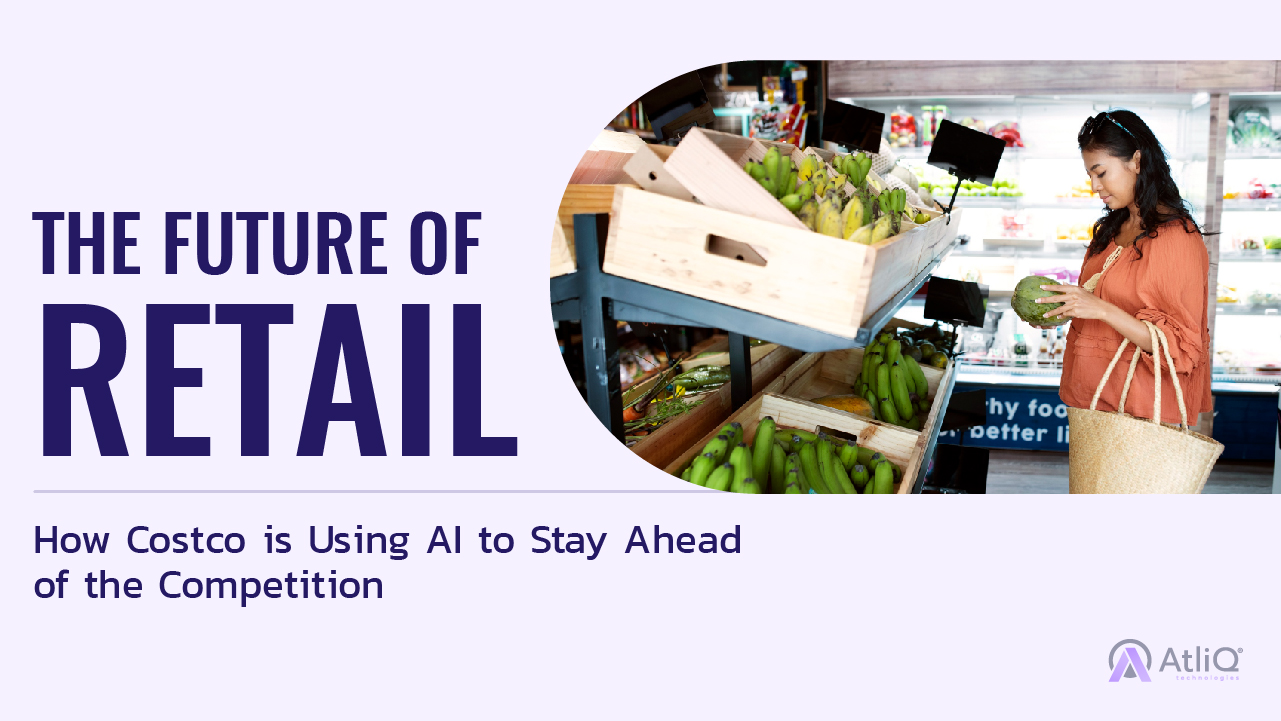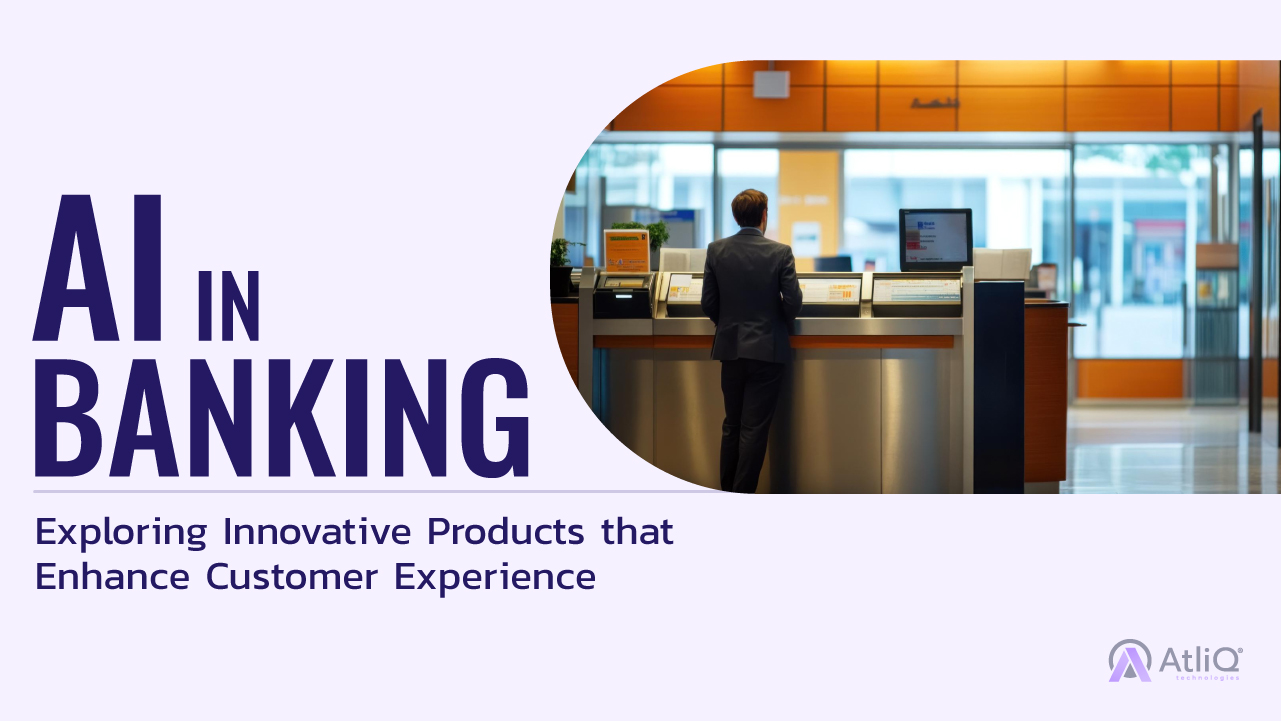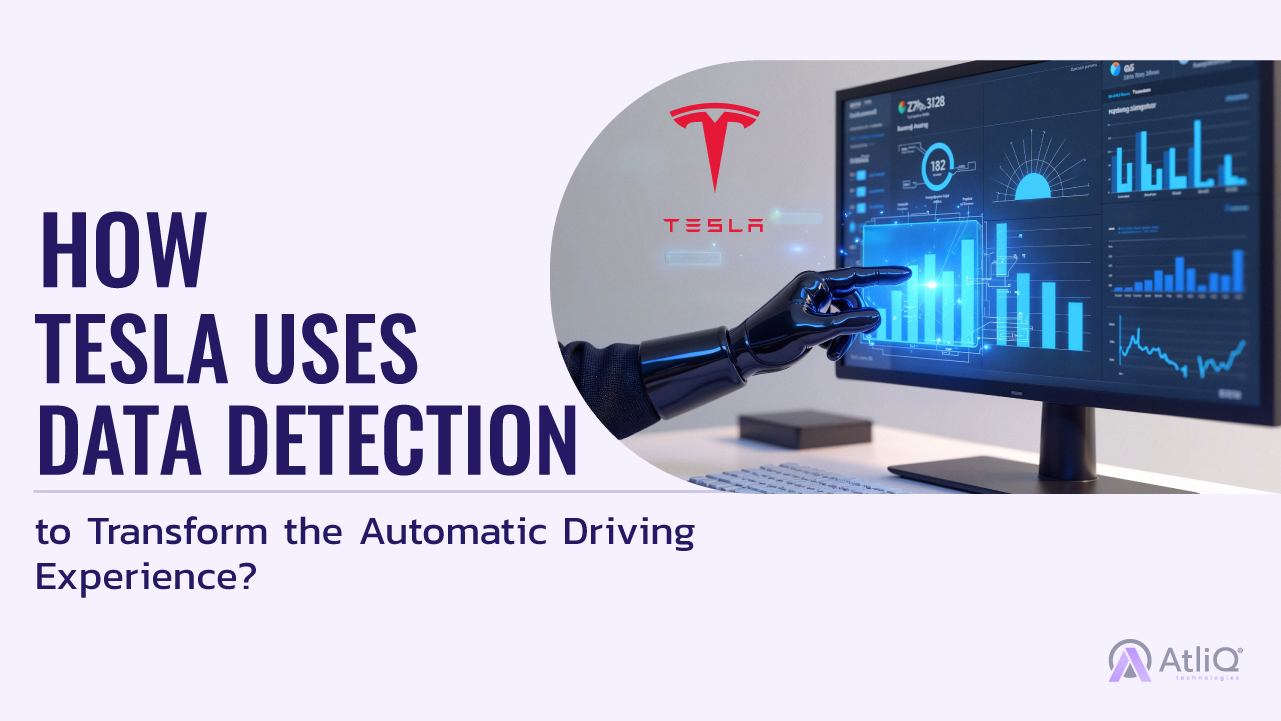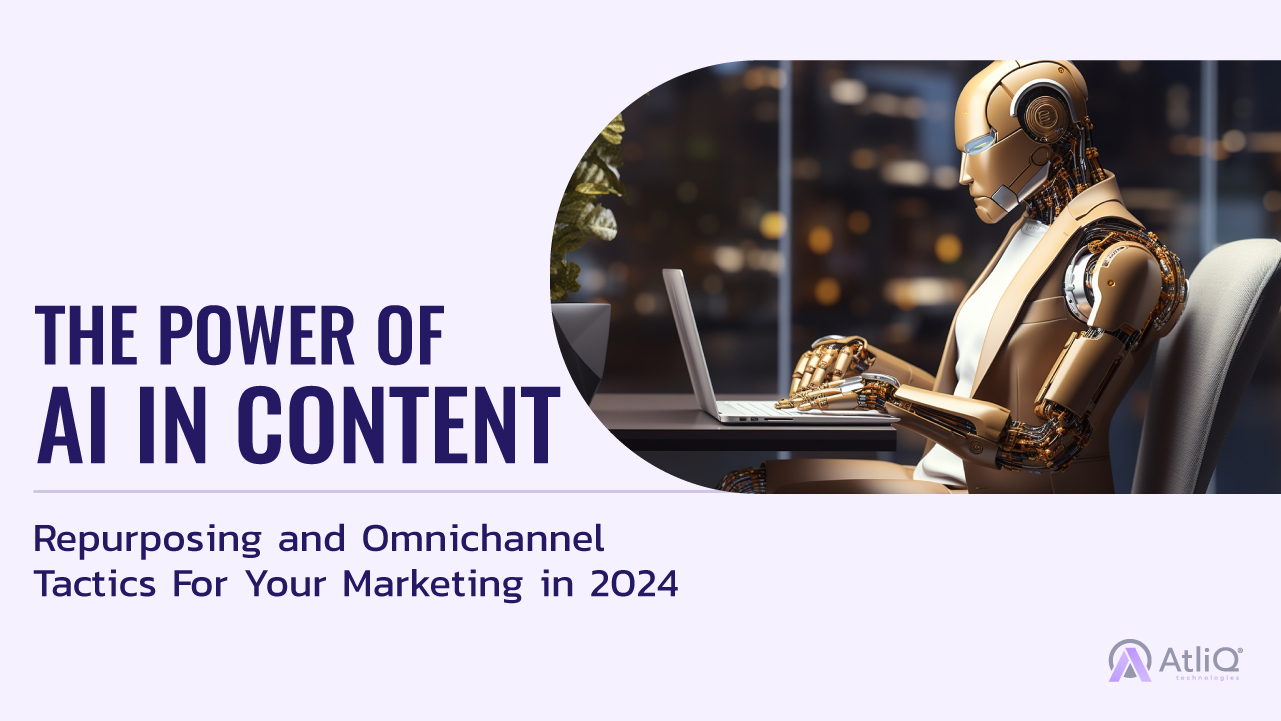
In the bustling world of digital marketing, where every click and scroll counts, the mantra of “content is king” has never been more resonant. Yet, in 2024, the crown isn’t just about creating compelling content—it’s about transforming it into a symphony that resonates across every digital avenue. Imagine your latest blog post seamlessly morphing into an engaging video, your social media snippets dynamically tailored to captivate diverse audiences, and your brand’s voice echoing consistently from webpage to inbox to mobile app. This isn’t magic; it’s the remarkable synergy of AI and marketing strategy. In today’s landscape, where consumers navigate a labyrinth of screens and platforms, mastering the art of content repurposing and omnichannel distribution isn’t just advantageous—it’s imperative. With AI as our ally, this journey transcends mere adaptation; it becomes a mastery of efficiency, personalization, and unparalleled engagement.
Understanding Content Repurposing and Omnichannel Distribution
In the dynamic realm of digital marketing, mastering content repurposing and omnichannel distribution has become a cornerstone of successful brand engagement and audience reach. Let’s delve into what these strategies entail, their examples, and their benefits to modern marketers.
Definition of Content Repurposing
Content repurposing involves transforming existing content into different formats or contexts without losing its essence or message. This strategic approach allows brands to maximize the value of their content investments by reaching new audiences across various channels. Examples include:
- Converting a comprehensive blog post into an eye-catching infographic.
- Transforming a popular video tutorial into an engaging podcast series.
Definition of Omnichannel Distribution
Omnichannel distribution refers to the practice of delivering consistent messaging and brand experiences across multiple channels simultaneously. This approach ensures that consumers receive a cohesive brand experience whether they interact via social media, email marketing campaigns, websites, mobile apps, or other platforms. Examples of channels used in omnichannel distribution include:
- Social Media: Facebook, Instagram, Twitter, LinkedIn, etc.
- Email Marketing: Newsletters, promotional emails, personalized campaigns.
- Websites: Landing pages, blogs, product pages.
- Apps: Mobile applications offering seamless user experiences.
Benefits of Integrating Both Strategies in Marketing
The integration of content repurposing and omnichannel distribution offers several key benefits to marketers:
- Maximized Reach & Engagement: By repurposing content into various formats and distributing it across multiple channels, brands can reach a broader audience and increase engagement levels.
- Improved SEO & Visibility: Publishing content in diverse formats across different channels enhances SEO efforts, driving organic traffic and improving search engine rankings.
- Cost and Time Efficiency: Repurposing existing content reduces the time and resources required to create new materials while maximizing the impact of original ideas.
- Enhanced Audience Targeting: Tailoring content for specific channels and audience segments allows for more personalized and targeted marketing campaigns, increasing relevance and effectiveness.
- Consistent Brand Messaging: Omnichannel distribution ensures that brand messaging remains consistent and cohesive across all touchpoints, reinforcing brand identity and trust.
The Role of AI in Content Repurposing
In the digital transformation era, AI has emerged as a game-changer in content marketing by revolutionizing how businesses repurpose content to reach wider audiences efficiently and effectively. Let’s explore how AI is reshaping content repurposing across three critical aspects:
Automated Content Creation and Transformation: AI-powered tools are revolutionizing content creation and transformation, allowing businesses to repurpose content effortlessly into various formats. For example, AI can seamlessly convert text-based articles into engaging videos or podcasts, significantly enhancing content accessibility and engagement.
Examples of AI Tools for Transforming Content Formats:
- Lumen5: Converts blog posts into engaging video content with AI-driven text-to-video capabilities.
- Descript: Transforms audio content into text and vice versa, facilitating easy repurposing across different mediums.
Personalization and Targeting: AI excels in personalizing content to cater to specific audience segments, leveraging data insights and predictive analytics to deliver tailored experiences. By analyzing user behavior and preferences in real time, AI algorithms can customize content recommendations, promotions, and messaging, thereby enhancing relevancy and engagement.
How AI Personalizes Content:
- AI analyzes user interactions to understand preferences and behaviors.
- Personalized product recommendations based on past purchases or browsing history.
- Dynamic content adaptation based on demographic data and engagement metrics.
Efficiency and Scalability: One of the most significant advantages of AI in content repurposing is its ability to streamline processes, reduce manual effort, and scale operations seamlessly. AI-powered automation tools can handle repetitive tasks like content formatting, scheduling, and distribution, allowing marketing teams to focus on strategic initiatives and creative endeavors.
Benefits of AI in Efficiency and Scalability:
- Time Savings: AI automates time-consuming tasks, such as video editing or content summarization, freeing up resources for other priorities.
- Cost Efficiency: Reduces dependency on human resources for mundane tasks, optimizing operational costs.
- Scalability: AI enables businesses to scale content production and distribution efforts without compromising quality, accommodating growth and expansion seamlessly.
The Role of AI in Omnichannel Distribution
As brands navigate the complex landscape of omnichannel marketing, Artificial Intelligence (AI) emerges as a pivotal tool in orchestrating seamless and effective distribution strategies. Let’s explore how AI transforms omnichannel distribution across three essential dimensions:
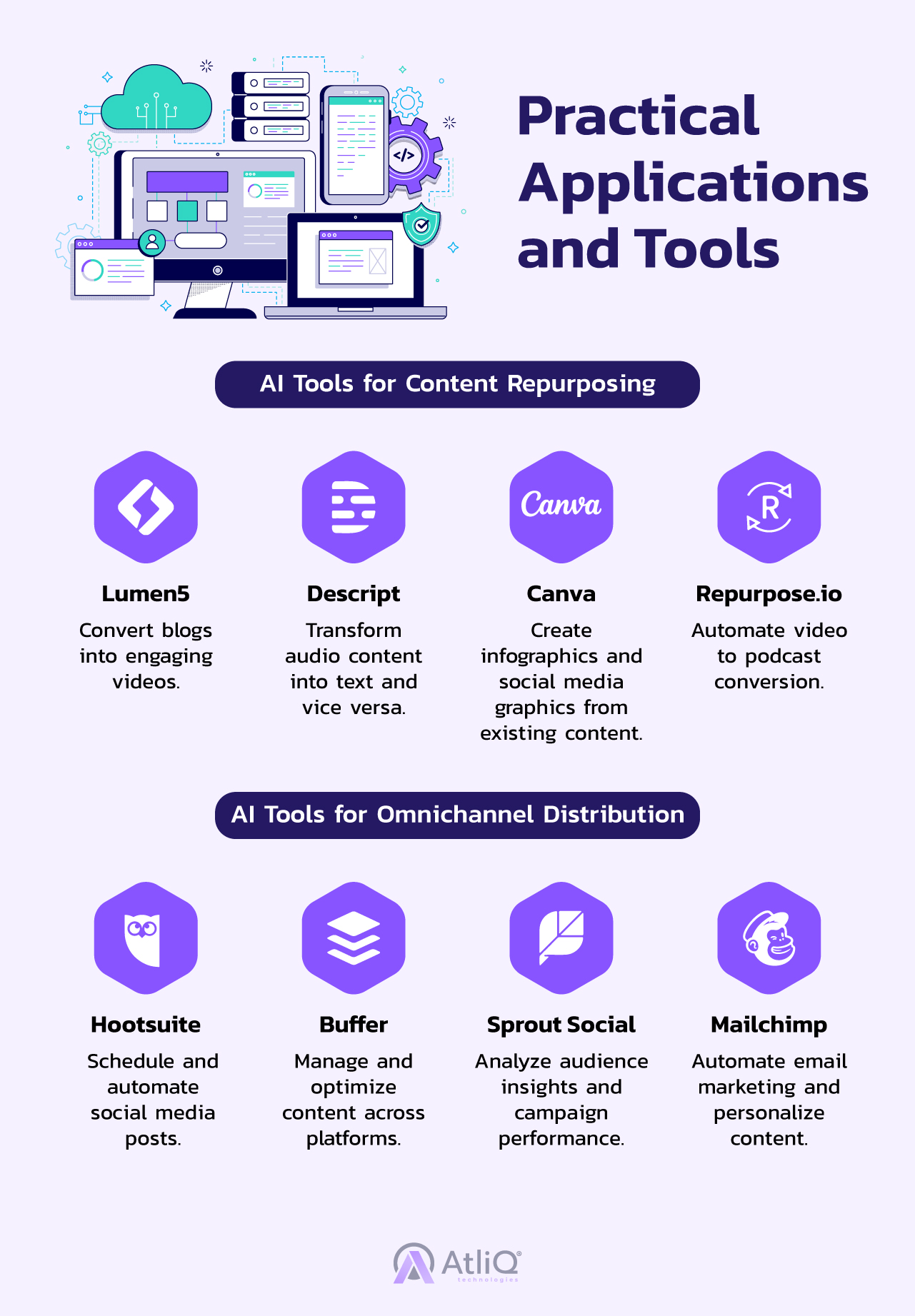
Automated Scheduling and Posting
AI-driven tools are revolutionizing how businesses schedule and manage content across multiple platforms, ensuring optimal visibility and engagement. These tools utilize advanced algorithms to analyze audience behavior patterns and peak activity times, automatically scheduling posts for maximum impact.
AI Tools for Scheduling Posts:
- Hootsuite: Automates content publishing across social media platforms, allowing for customized scheduling based on audience demographics and engagement metrics.
- Buffer: Facilitates automated posting across various channels, with features for real-time adjustments and scheduling optimizations.
Real-time Adjustments Based on Engagement Metrics:
- AI monitors post-performance metrics such as likes, shares, and comments.
- Adjusts posting schedules and content strategies dynamically based on real-time data insights.
Enhanced Analytics and Insights: AI-powered analytics play a crucial role in omnichannel marketing by providing actionable insights into campaign performance and audience behavior across channels. These insights enable marketers to make informed decisions, refine strategies, and optimize content delivery for better engagement and ROI.
AI-Driven Analytics to Track Performance:
- Analyzes data from multiple channels to provide a comprehensive view of campaign effectiveness.
- Identifies trends, patterns, and audience preferences to fine-tune marketing strategies.
How Insights Help in Refining Strategies:
- Predictive analytics forecast future trends and consumer behaviors.
- Enables proactive adjustments to content and messaging to align with audience expectations.
Cross-Platform Consistency: Maintaining consistent messaging and branding across diverse channels is essential for building brand equity and customer trust. AI plays a pivotal role in ensuring uniformity by standardizing content formats, tones, and visual elements across all touchpoints.
Ensuring Consistent Messaging and Branding:
- AI-powered content management systems (CMS) enforce brand guidelines and style consistency.
- Automates content adaptation for different platforms while maintaining brand integrity.
AI’s Role in Maintaining Uniformity Across Channels:
- Centralizes content creation and distribution workflows to streamline operations.
- Facilitates collaboration between teams to uphold brand identity and messaging coherence.
In essence, AI is transforming omnichannel distribution by automating scheduling, enhancing analytics capabilities, and ensuring consistent brand messaging across platforms. By harnessing AI-driven insights and tools, businesses can achieve greater efficiency, effectiveness, and customer engagement in their marketing endeavors.
Challenges and Considerations
As businesses embrace AI to enhance their content marketing strategies, several challenges and considerations arise, impacting data privacy, content quality, authenticity, and adaptation. AI relies heavily on data to personalize content and optimize strategies. However, this raises concerns about data privacy, particularly regarding sensitive customer information.
Best practices for maintaining user privacy:
- Implement robust data protection measures like encryption and anonymization.
- Obtain explicit consent for data collection and use.
- Comply with relevant data protection regulations (e.g., GDPR, CCPA).
Challenges businesses might face when adopting AI:
- Integration complexities with existing systems and workflows.
- Skills gap in understanding AI capabilities and limitations among team members.
Solutions and support for a smooth transition:
- Provide comprehensive training and upskilling programs for employees.
- Partner with AI experts or consultants to navigate implementation challenges.
- Start with pilot projects to test and refine AI applications before full-scale deployment.
AI-driven analytics empower marketers to understand audience behaviors and refine strategies in real time, fostering personalized connections with customers. Despite challenges like data privacy and content authenticity, proactive measures can mitigate risks and unlock AI’s full potential. Looking forward, AI isn’t just a trend but a transformative force reshaping digital marketing. By embracing AI strategically, businesses can innovate, adapt, and thrive in an increasingly competitive landscape, delivering impactful content experiences that resonate with audiences. The future of content marketing is here, fueled by AI’s capabilities to elevate strategies and redefine success. Let’s embrace this journey together, where innovation meets strategy, and AI empowers us to achieve unparalleled heights in content marketing.
Transform your content game with AI. Start innovating today!
